What Are the Advantages and Disadvantages of Plastic Surgery?
Body Plastic Surgery
Plastic surgery, also known as cosmetic surgery, has become increasingly popular in modern society, with more and more people opting to undergo various procedures. The surgery encompasses a wide range of procedures aimed at enhancing the appearance. From facelifts and breast augmentation to liposuction and rhinoplasty, these surgeries can address physical imperfections and improve self-esteem.
However, it's important to weigh both the advantages and disadvantages of plastic surgery. On one hand, it can improve confidence and quality of life by addressing physical imperfections and discomfort. On the other hand, it carries risks such as surgical complications, unrealistic beauty standards, and financial barriers. In this essay, we will explore the pros and cons of plastic surgery, considering both the positive and negative aspects of this controversial practice. By examining the potential advantages and disadvantages, we can gain a better understanding of the impact that plastic surgery can have on individuals and society as a whole.
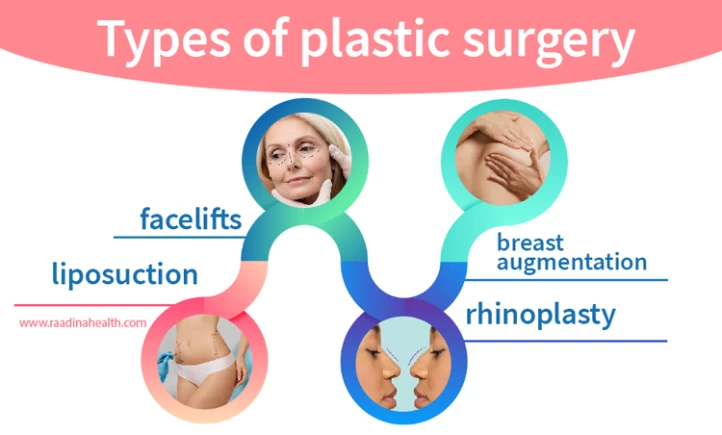
Is Plastic Surgery Good or Bad?
Whether plastic surgery is good or bad depends on the circumstances and motivations behind the procedure. It is important to carefully consider the risks and benefits before deciding.
The advantages and disadvantages of plastic surgery are multifaceted. On the positive side, it can help people feel more confident and improve their self-esteem. It can also correct medical conditions such as cleft palate or reconstruct body parts after an injury or illness. On the negative side, plastic surgery can be expensive and risky. There is always a chance of complications such as infection, scarring, or even death. Additionally, some people may become addicted to plastic surgery and go overboard with procedures, leading to an unnatural appearance.
What Are the Pros of Plastic Surgery?
The benefits of plastic surgery may include:
- Improved Physical Appearance
- Corrected Physical Abnormalities
- Reduced Signs of Aging
- Contoured Body by Removing Excess Fat
- Improved Health
- Increased Self-Confidence
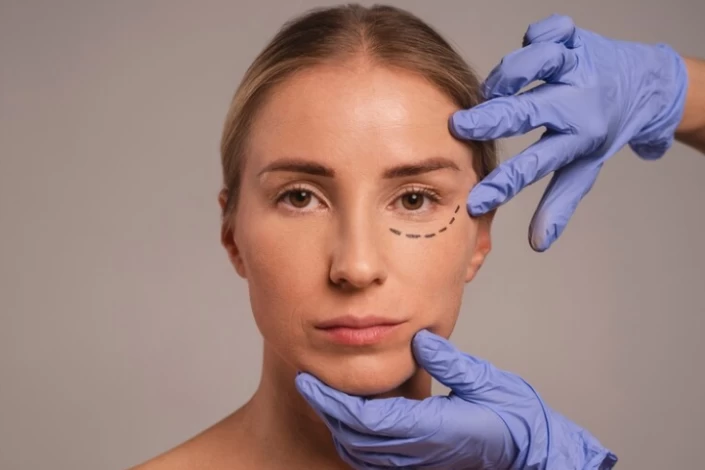
Improved Physical Appearance
Plastic surgery improves people’s physical appearance based on their preferences. For example, breast augmentation can increase the size and improve the shape of breasts, while a tummy tuck surgery can help create a flatter and more toned abdomen. Rhinoplasty can reshape the nose to improve facial symmetry and proportion, while facelifts can reduce wrinkles and sagging skin to create a more youthful appearance.
Corrected Physical Abnormalities
If we assume plastic surgery is a tree, then reconstructive surgery is one of its branches. Reconstructive procedures help patients recover from injuries, illnesses, and congenital abnormalities and improve their quality of life. For example, cleft lip and palate repair can help improve speech and eating ability, while ear reconstruction can improve hearing and appearance. Burn reconstruction can help restore function and appearance to areas of the body affected by burns, while scar revision can improve the appearance of scars caused by injury or surgery.
Plastic surgery can also help individuals with congenital abnormalities such as webbed fingers or toes, extra fingers or toes, or other deformities. By correcting these physical abnormalities, plastic surgery can improve the quality of life for people and help them feel more confident and comfortable.
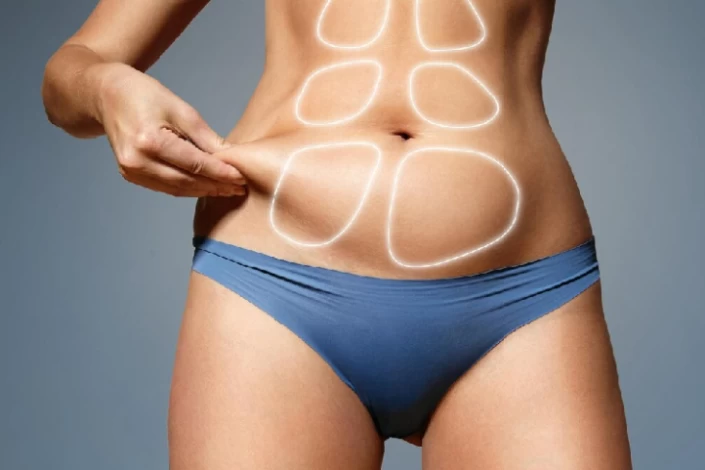
Reduced Signs of Aging
Plastic surgery can help individuals look and feel more youthful and confident. As we age, our skin loses elasticity and begins to sag, wrinkles and fine lines appear, and our facial features may lose definition. Plastic surgery can help address these concerns by tightening and lifting the skin, smoothing out wrinkles and lines, and restoring volume to areas that have lost it.
Facelifts surgeries that reduce the signs of aging by lifting and tightening skin on the face and neck. Brow lifts can also help lift the eyebrows and smooth out forehead wrinkles. Eyelid surgery, or blepharoplasty, can remove excess skin and fat from the eyelids, making the eyes appear more youthful and alert.
Contoured Body by Removing Excess Fat
After significant weight loss, excess skin and fat may remain on the body, which can be uncomfortable and cause skin irritation. Plastic surgery procedures such as body contouring can help remove this excess skin and fat, resulting in a more toned and sculpted appearance.
Body contouring procedures may include a tummy tuck, thigh, arm, and breast lift.
Liposuction can also be used to remove stubborn pockets of fat that may not respond to diet and exercise. This procedure can help contour specific body areas, such as the abdomen, thighs, and arms.
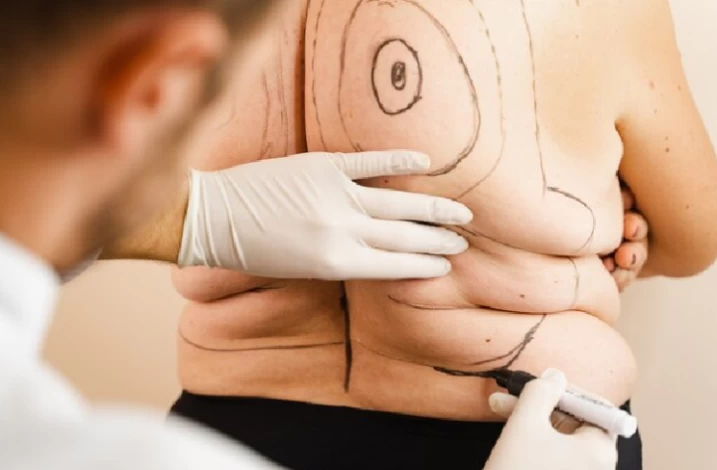
Improved Health
While plastic surgery is not typically seen as a medical procedure, it can have some health benefits for individuals. Here are a few ways that plastic surgery can help improve an individual's health:
- Improved Breathing: Rhinoplasty, or nose surgery, can help improve breathing for individuals with structural abnormalities in their nose.
- Reduced Pain: Breast reduction surgery can help alleviate back, neck, and shoulder pain caused by the weight of large breasts.
- Improved Vision: Eyelid surgery, or blepharoplasty, can help improve vision by removing excess skin and fat that may obstruct the field of vision.
- Better Mobility: Liposuction can help remove excess fat that may hinder an individual's mobility, making it easier for them to move around and engage in physical activity.
- Reduced Risk of Infections: Some plastic surgeries, such as tummy tucks or body contouring after weight loss, can help reduce the risk of infections by removing excess skin that may be prone to infection.
Moreover, plastic surgery can also help individuals who have experienced trauma or physical deformities. For instance, individuals who have suffered from burns or injuries may feel self-conscious about their scars or physical appearance. Plastic surgery can help improve their physical appearance and restore their confidence and self-esteem.
What Are the Cons of Plastic Surgery?
Here are the main disadvantages of plastic surgery:
- Potential Risks and Complications
- Unrealistic Expectations
- Expensive Costs
- Recovery Process
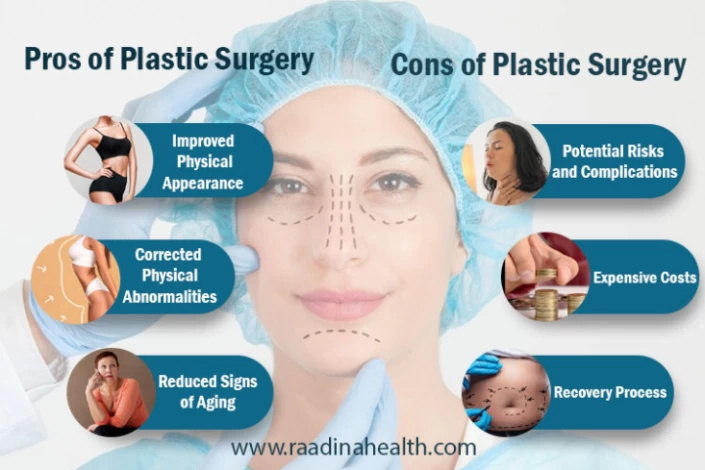
Potential Risks and Complications
Plastic surgery, like any surgical procedure, carries risks and potential complications. Some of the common drawbacks of plastic surgery include anesthesia risks (such as allergic reactions, breathing difficulties, and even death), infections, bleeding, visible scarring, nerve damage, and dissatisfaction with results.
Unrealistic Expectations
Patients may have a certain idea in mind of what they want to look like after plastic surgery, but the reality may not match up with their expectations. This can lead to disappointment and dissatisfaction with the results, even if the surgery was successful from a medical standpoint.
Expensive Costs
Plastic surgery can be expensive, and many insurance companies do not cover the cost of cosmetic procedures. This means that patients may have to pay for the entire cost of the surgery out of pocket, which can be a significant financial burden.
In addition to the cost of the surgery itself, patients may also have to pay for other expenses, such as anesthesia, facility fees, and follow-up appointments. These costs can add up quickly, making plastic surgery inaccessible for many people.
Recovery Process
Depending on the type and extent of the procedure, recovery can range from a few days to several weeks or even months.
During the recovery time of plastic surgery, patients may experience pain, swelling, bruising, and limited mobility. They may need to take time off work or other activities to rest and allow their body to heal. Some procedures may require compression garments or other devices to aid in healing.
In addition to physical recovery, patients may experience emotional and psychological effects during recovery. They may feel self-conscious or anxious about their appearance during the healing process and may need support from friends and family.
What Are the Non-Invasive Cosmetic Procedures?
Several less invasive options exist to improve the appearance without undergoing surgical procedures. Some of these options include:
- Dermal Fillers: Injectable fillers can add volume to areas of the face, such as the cheeks, lips, and under-eye area, reducing the appearance of wrinkles and fine lines.
- Botox: Botulinum toxin injections, commonly known as Botox, can help reduce the appearance of wrinkles and lines by temporarily relaxing the muscles that cause them.
- Chemical Peels: Chemical peels can improve skin texture, reduce fine lines, and even out skin tone by removing the outer layer of damaged skin.
- Laser Skin Resurfacing: Laser treatments can address skin concerns like sun damage, wrinkles, and acne scars by stimulating collagen production and promoting skin rejuvenation.
- Micro-needling: This minimally invasive procedure uses fine needles to create micro-injuries in the skin, stimulating collagen production and improving skin texture and firmness.
- Non-Surgical Facelift: Some clinics offer non-surgical facelift procedures using a combination of injectables, radiofrequency, and other non-invasive techniques to lift and tighten facial skin.
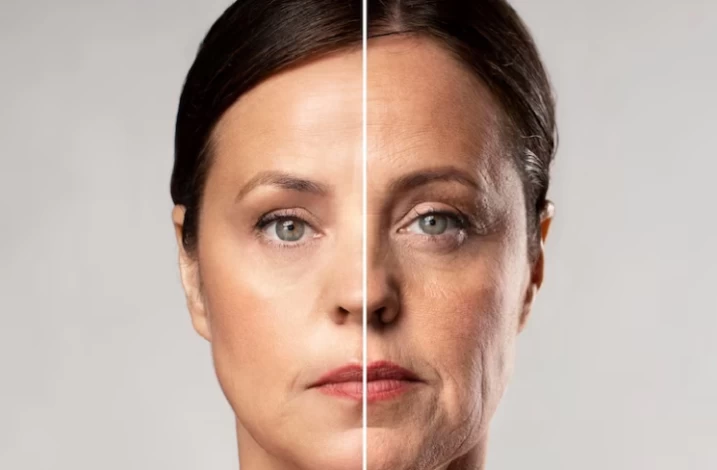
Why Iran for Plastic Surgery?
Iran has become a popular destination for medical tourism, with many patients traveling from different countries to undergo plastic surgery procedures. In Iran, physical appearance is highly valued, and there is a strong emphasis on beauty and aesthetics. As a result, many Iranians are willing to undergo plastic surgery to enhance their appearance.
The country has a well-developed healthcare system, modern medical facilities, and highly trained medical professionals. Iranian plastic surgeons are highly skilled and experienced, with many trained in top medical schools and hospitals worldwide. Plastic surgery procedures in Iran are significantly cheaper compared to other countries, making it an attractive option for patients seeking affordable cosmetic procedures. Procedures such as rhinoplasty, breast augmentation, and liposuction can be notably cheaper compared to other nations. For instance, a rhinoplasty procedure in Iran can cost between $1,500 to $3,000, while breast augmentation may range from $2,000 to $4,000, and liposuction from $1,500 to $3,000, making Iran an appealing destination for those seeking cost-effective cosmetic enhancements.
Conclusion
Plastic surgery can offer both benefits and drawbacks. While it can improve self-confidence, address physical discomfort, and provide medical benefits, it also carries risks, financial implications, and societal considerations.
Before making a decision, individuals should carefully consider their motivations for seeking plastic surgery and ensure that they have realistic expectations for the outcome. Additionally, it is crucial to address any underlying mental health conditions that may be contributing to dissatisfaction with one's appearance. Ultimately, the decision to undergo plastic surgery should be made after careful consideration and consultation with a qualified surgeon.

Frequently Asked Questions About Plastic Surgery
What is the Most Common Plastic Surgery?
The most common plastic surgery procedures can vary depending on geographic location, cultural trends, and evolving patient preferences. However, the 3 most frequently performed plastic surgeries worldwide include breast Augmentation, liposuction, and rhinoplasty.
Does Plastic Surgery Hurt?
Patients are typically under anesthesia during the surgery, so they do not feel pain. However, after the surgery, it is common to experience some discomfort, swelling, and soreness as the body heals. The amount of pain experienced can vary depending on the specific type of surgery, the patient's pain tolerance, and the surgical techniques used.
Which Countries Are Popular for Plastic Surgery?
Several countries are known for being popular destinations for plastic surgery due to their advanced medical facilities, skilled surgeons, and often lower costs than some Western countries. Some of the most popular countries for plastic surgery include South Korea, Thailand, and Iran.
What are the Benefits of Having Cosmetic Surgery Abroad?
There can be some potential advantages to having surgery abroad. First, medical procedures can often be less expensive in other countries due to lower labor and overhead costs and currency exchange rates. Also, some countries have advanced medical facilities and highly skilled healthcare professionals who can provide excellent care. Patients may sometimes experience shorter wait times for procedures in other countries compared to their home countries.
Is Cosmetic Procedure Covered by Medical Insurance?
Whether a cosmetic procedure is covered by medical insurance depends on the specific policy and the nature of the procedure. Most medical insurance plans generally do not cover elective cosmetic procedures performed solely for aesthetic purposes. However, there are some situations where insurance may cover a cosmetic procedure. For example, Reconstructive surgery (such as after an accident or to correct a congenital abnormality) and Medical necessity (to address a health issue, such as breathing difficulties caused by a deviated septum).
What type of anesthesia is used for plastic surgery?
Several types of anesthesia can be used for plastic surgery depending on the specific procedure, the patient's health, and the surgeon's preference. Plastic surgery's main types of anesthesia include local, regional, and general anesthesia.
What are the positive effects of plastic surgery?
Plastic surgery can boost self-confidence, improve body image, and correct medical issues such as breathing problems (with rhinoplasty) or back pain from large breasts (with breast reduction). Many patients also report improved quality of life after their procedure.
What are the possible side effects of plastic surgery?
Side effects may include swelling, bruising, scarring, infection, or numbness in the treated area. While most are temporary, some complications may require medical follow-up.
What are the main risks of plastic surgery?
Risks include anesthesia complications, blood clots, unsatisfactory results, and the need for revision surgery. Choosing a board-certified surgeon and following post-op instructions can greatly reduce these risks.
Can plastic surgery improve health, or is it only cosmetic?
Some procedures have medical benefits—for example, eyelid surgery can improve vision, and breast reduction can ease chronic neck and back pain. So, plastic surgery isn’t always just about aesthetics.



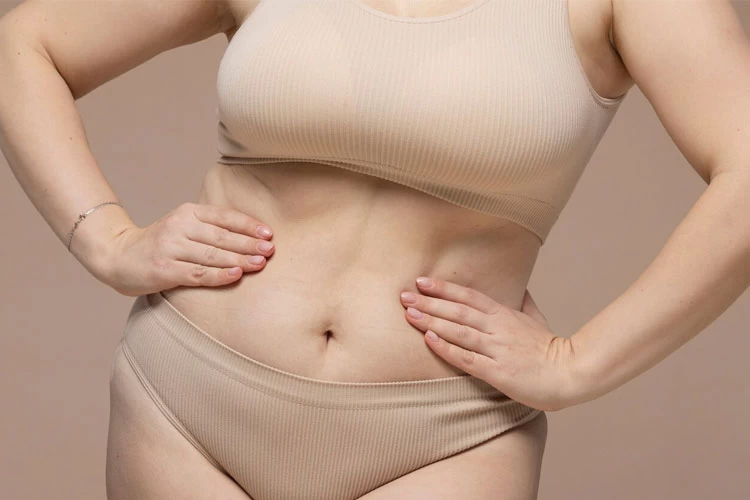

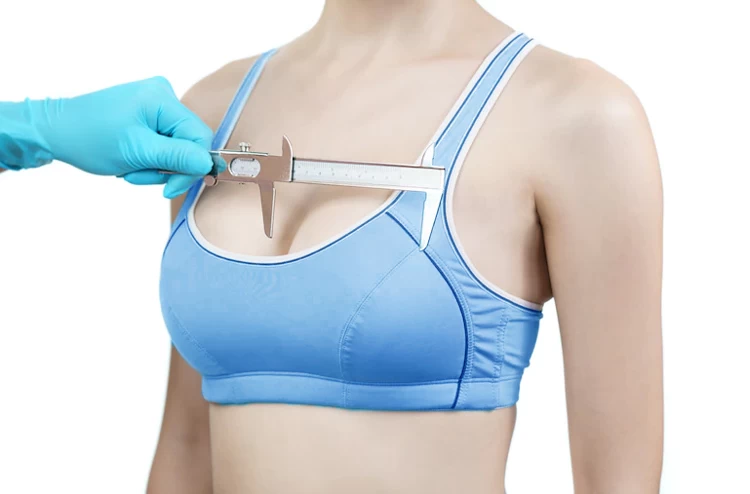
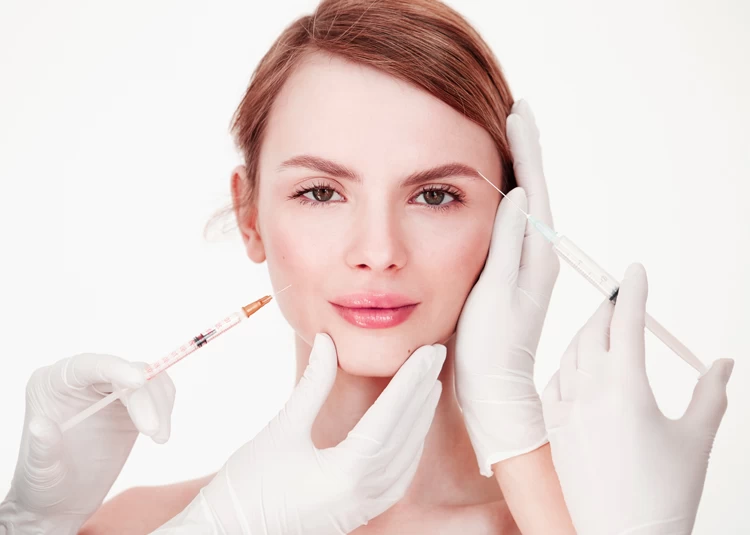
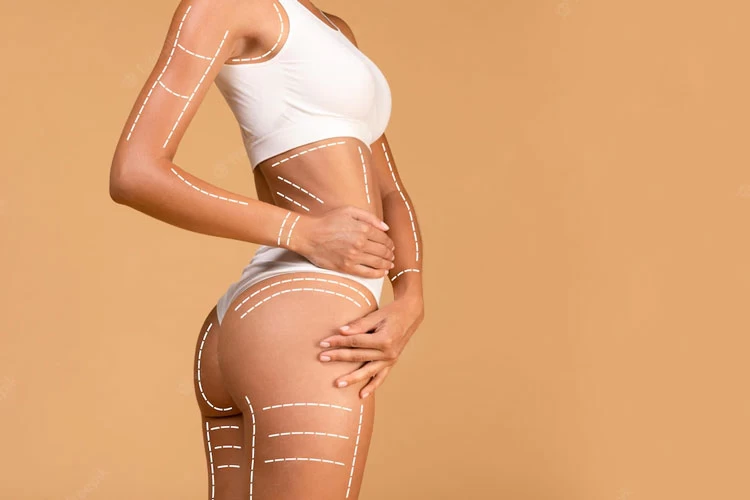
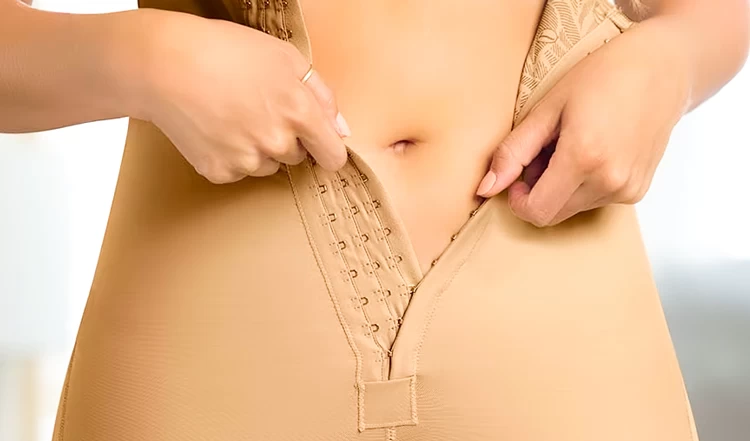



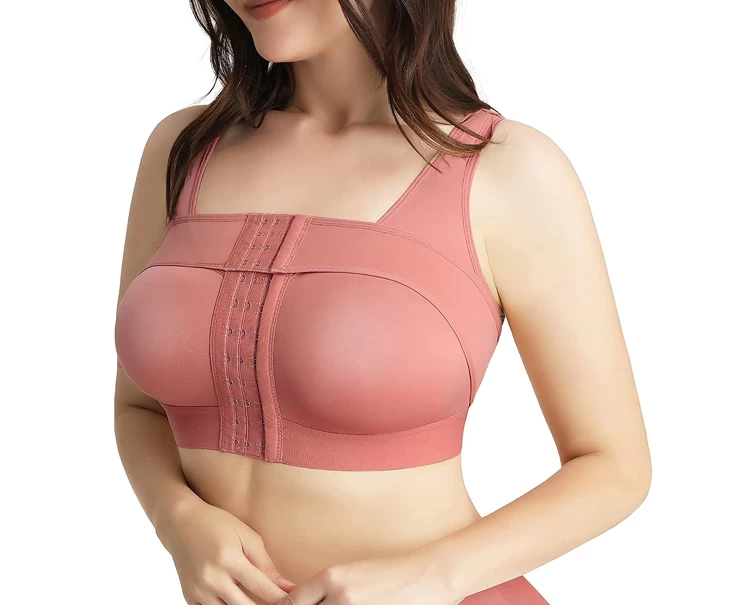
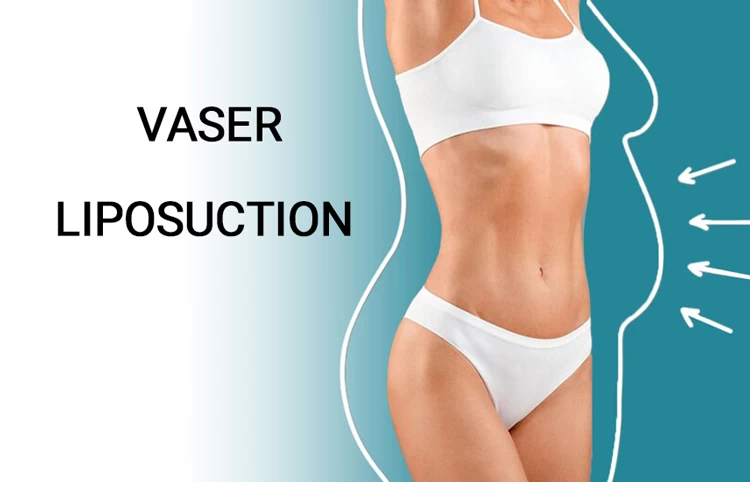


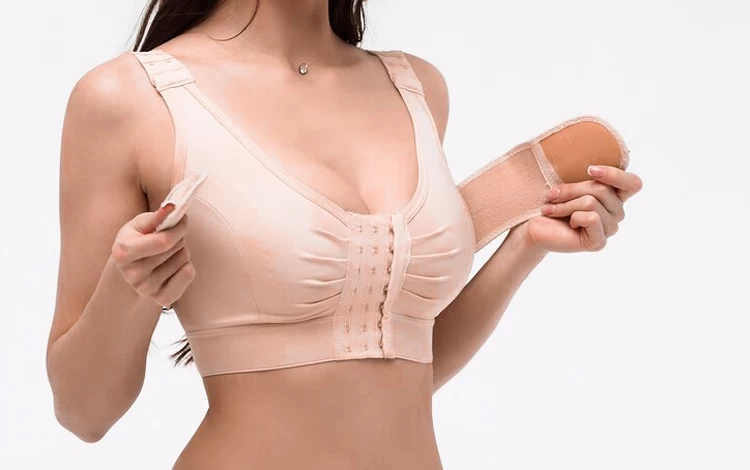





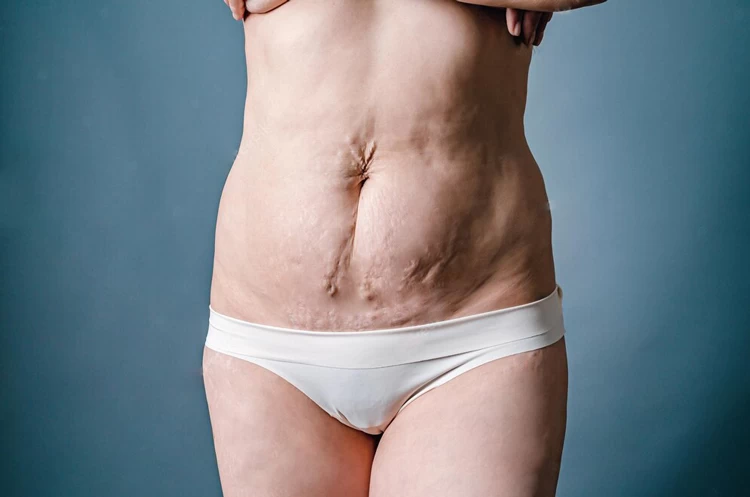

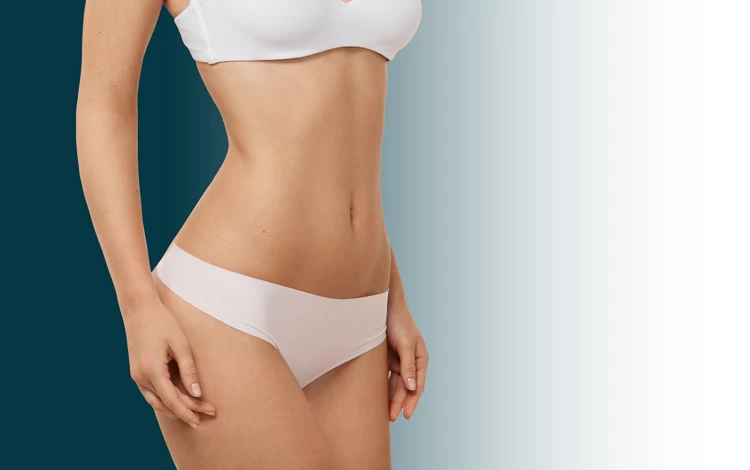
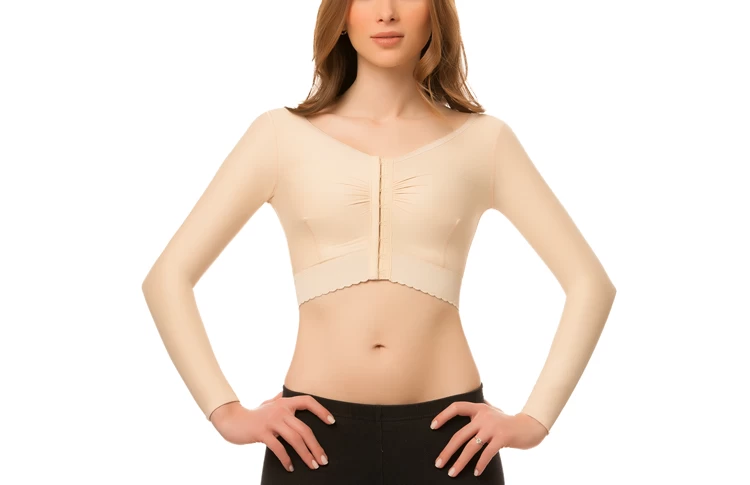

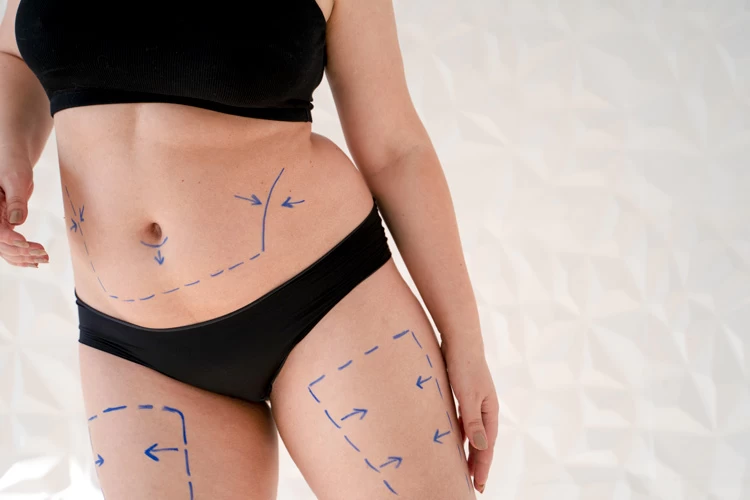
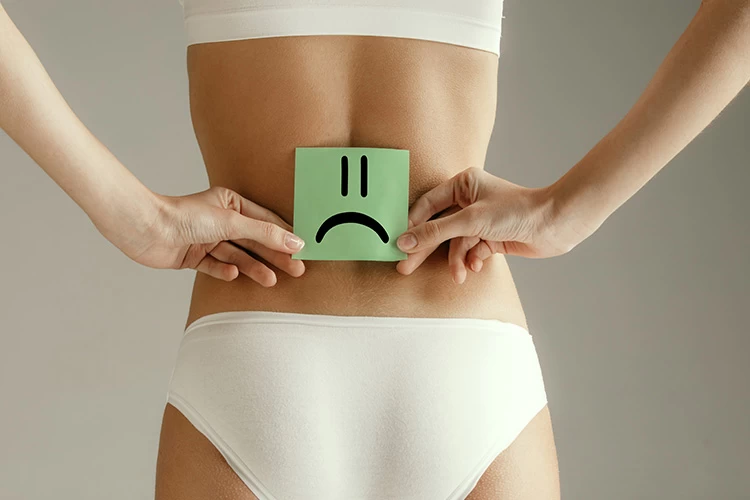

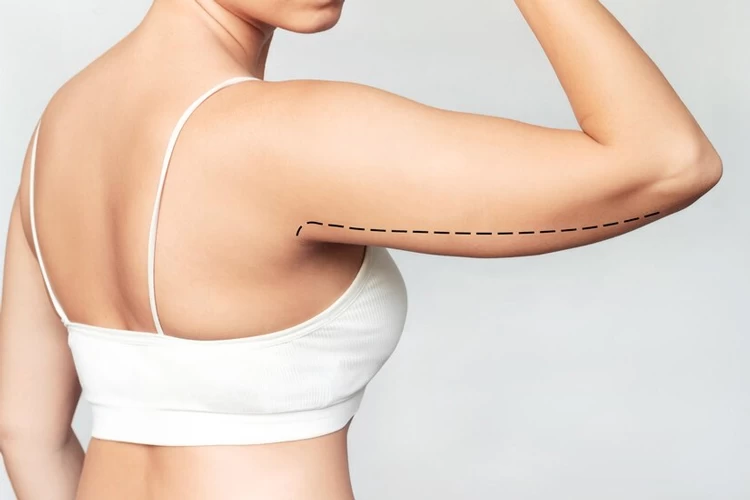
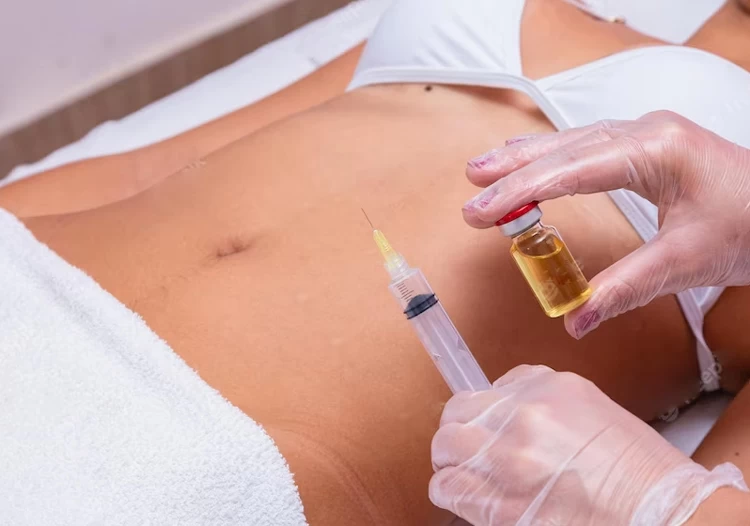
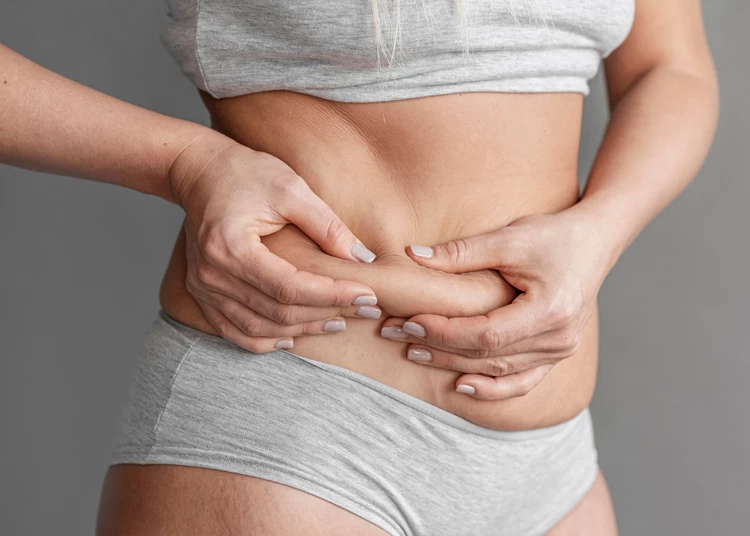
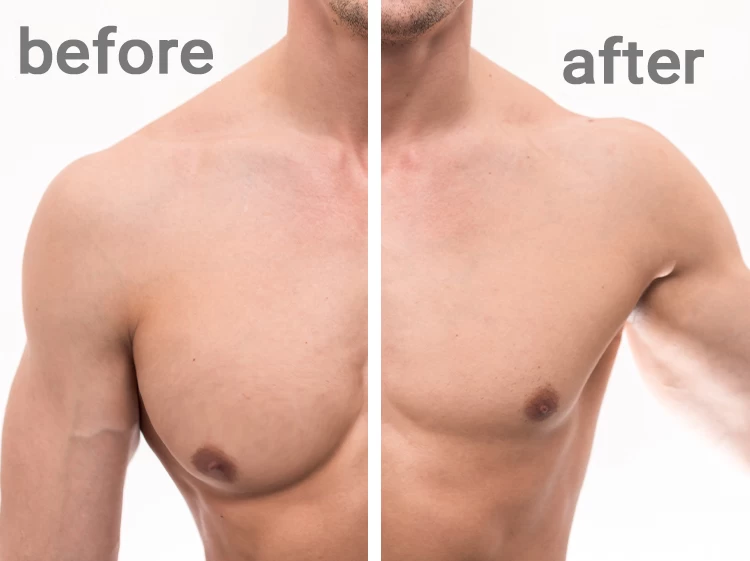

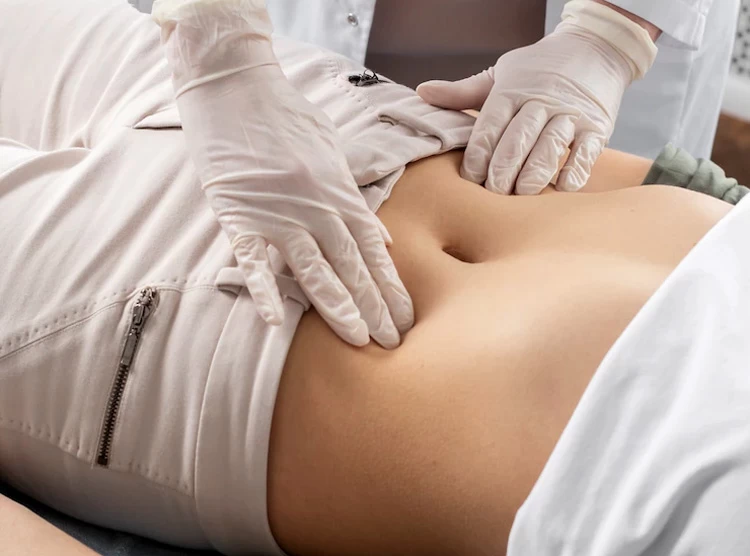

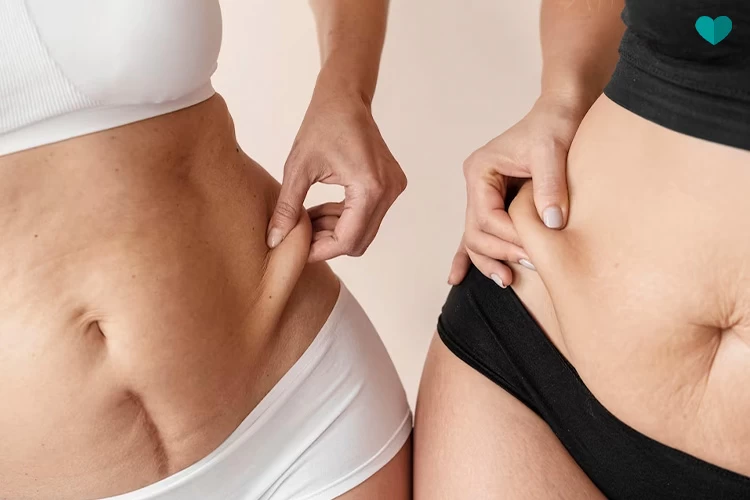
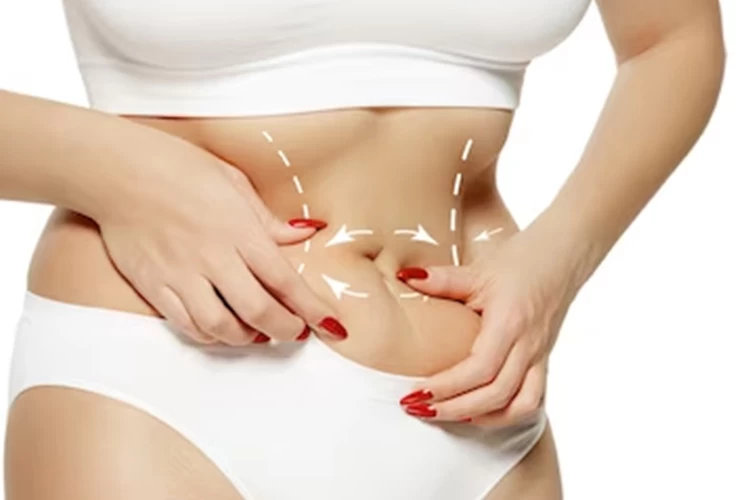
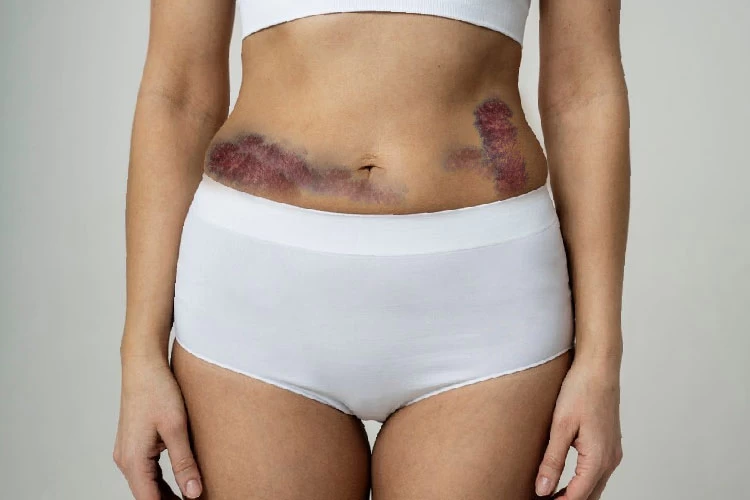
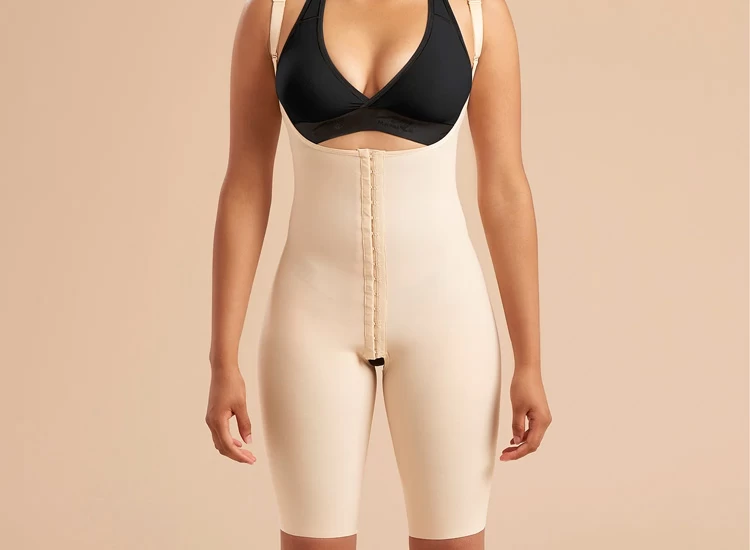
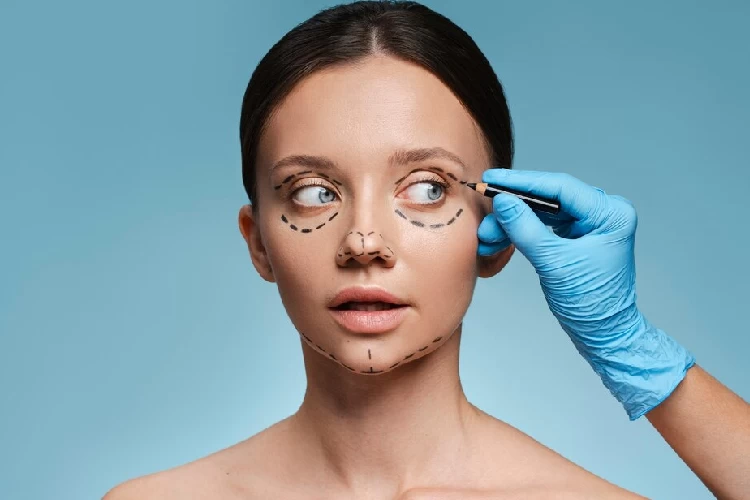
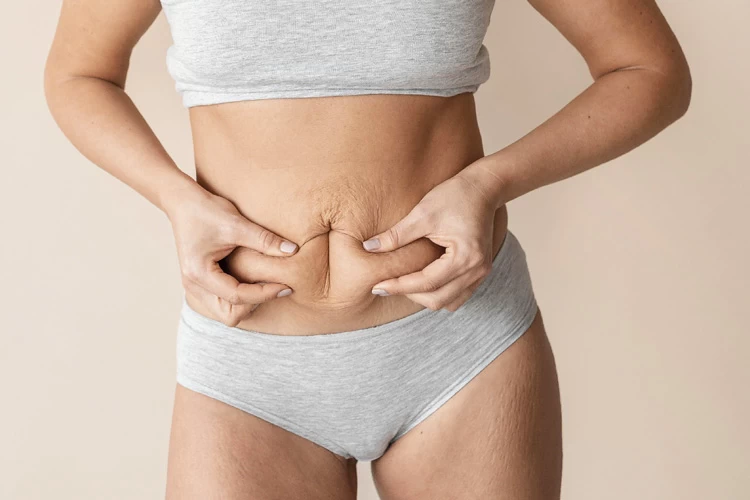
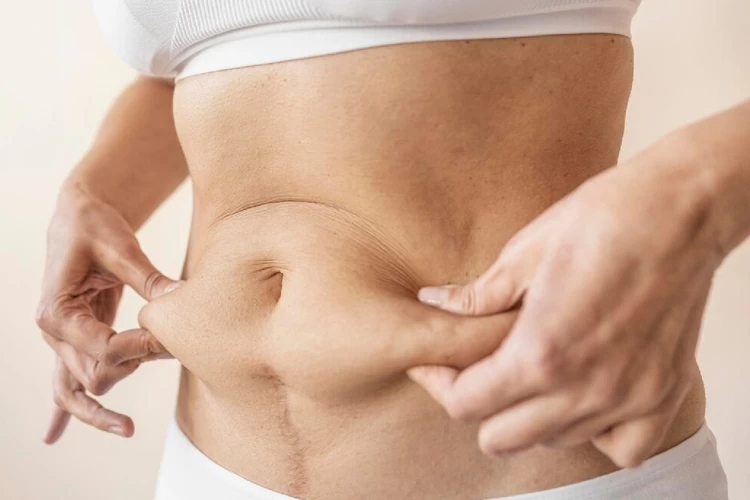

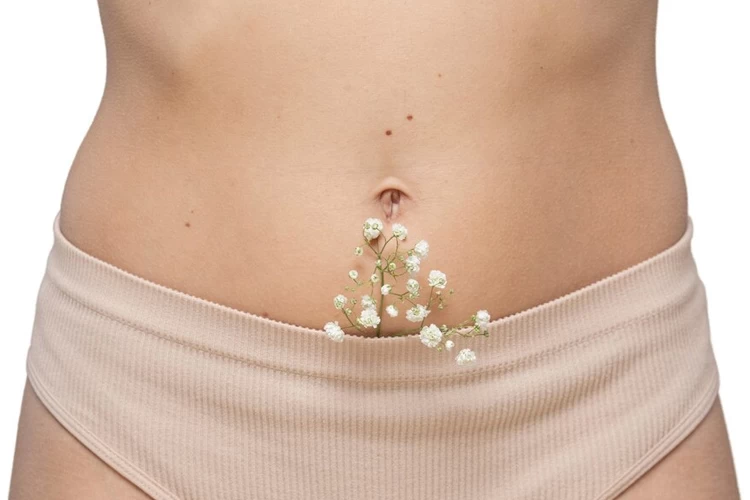
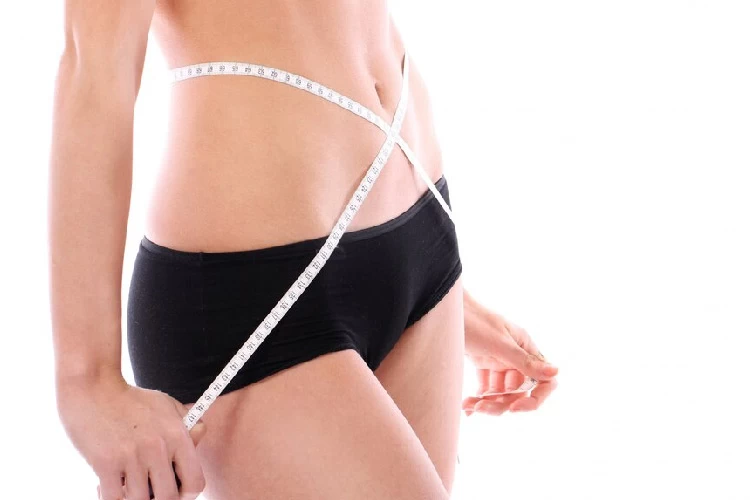


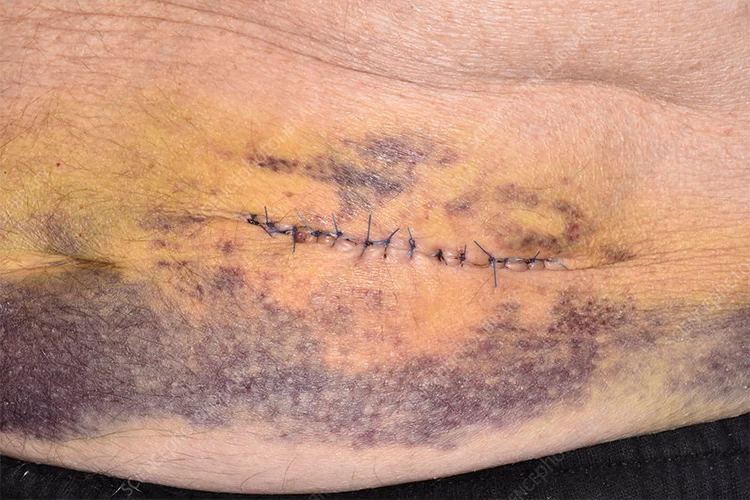
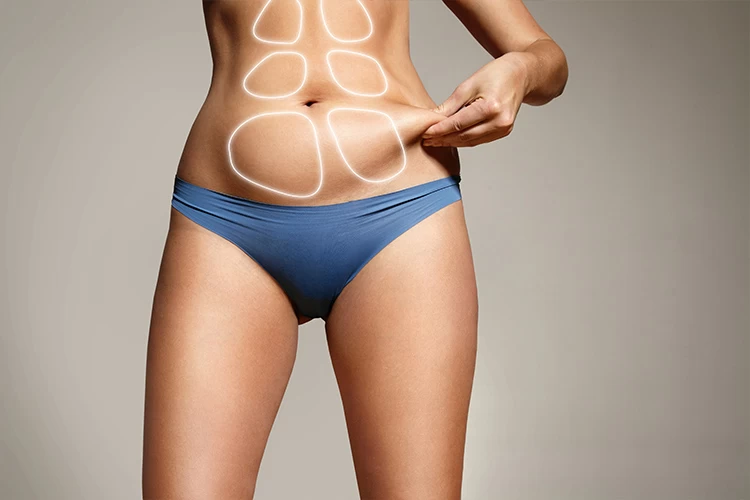

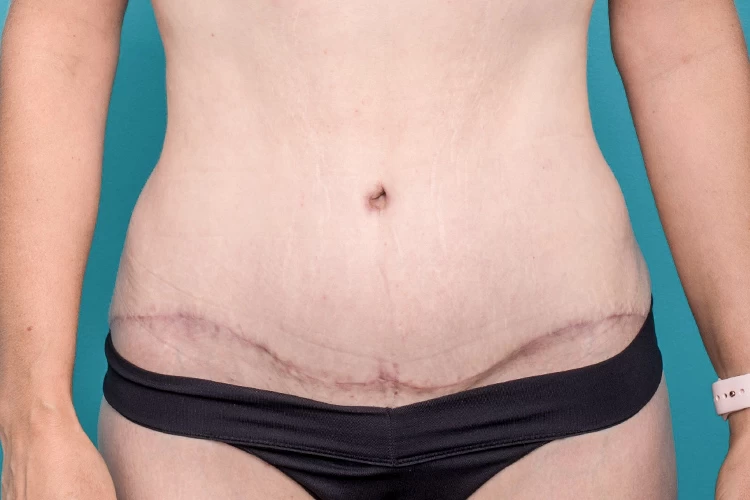

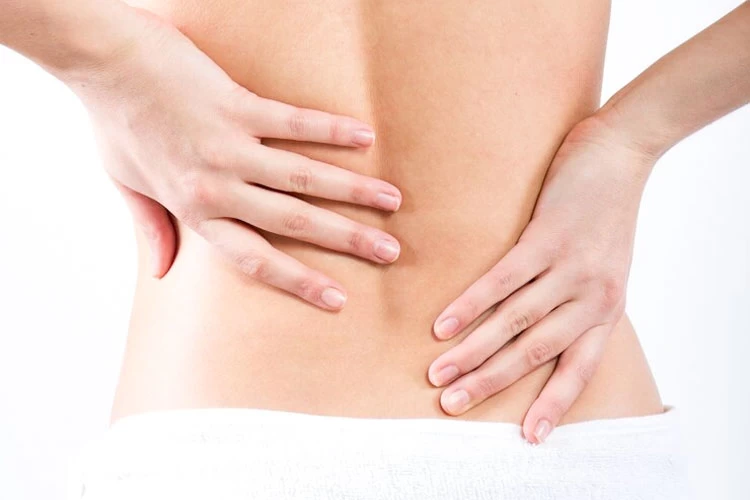


User
-No entiendo ingles